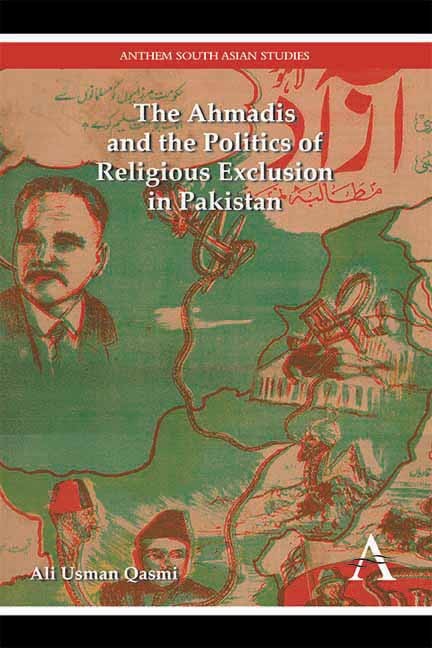Chapter VI - Understanding the Events of 1974
from Part II
Published online by Cambridge University Press: 05 September 2014
Summary
Introduction
The tehrik-i-khatam-i-nabuwwat of 1953 had failed to achieve its immediate political goal of having the Ahmadis declared as non-Muslims. Through the use of excessive force, the state and its political elite was able to suppress this movement, which they viewed as threatening to the model of an “Islamic modernist” state. In 1974, in the aftermath of the “Rabwah incident” which sparked off violent protests and agitation, the same strategy was not repeated. The prime minister of Pakistan, Zulfiqar Ali Bhutto, referred the “90-year-old problem” (to use his own words) to the parliament for consideration instead of referring it to the superior court or the Council of Islamic Ideology. The procedural arrangements of the parliament and the legal strategy pursued during the proceedings ensured that a constitutional amendment was passed describing the Ahmadis as non-Muslims. This was an endorsement of the religious decrees of the ulema given many decades ago, for which they had asked for constitutional cover back in 1953. By avoiding the use of brute force, there was not only a procedural departure from the precedent set in 1953 but, as this chapter will explain, also in terms of what Sadia Saeed calls the “language of stateness.” This chapter will offer an analysis with which to understand the processes whereby statist discourse was no longer subordinated to the power elites with an avowedly Islamic modernist world view.
- Type
- Chapter
- Information
- The Ahmadis and the Politics of Religious Exclusion in Pakistan , pp. 167 - 184Publisher: Anthem PressPrint publication year: 2014



